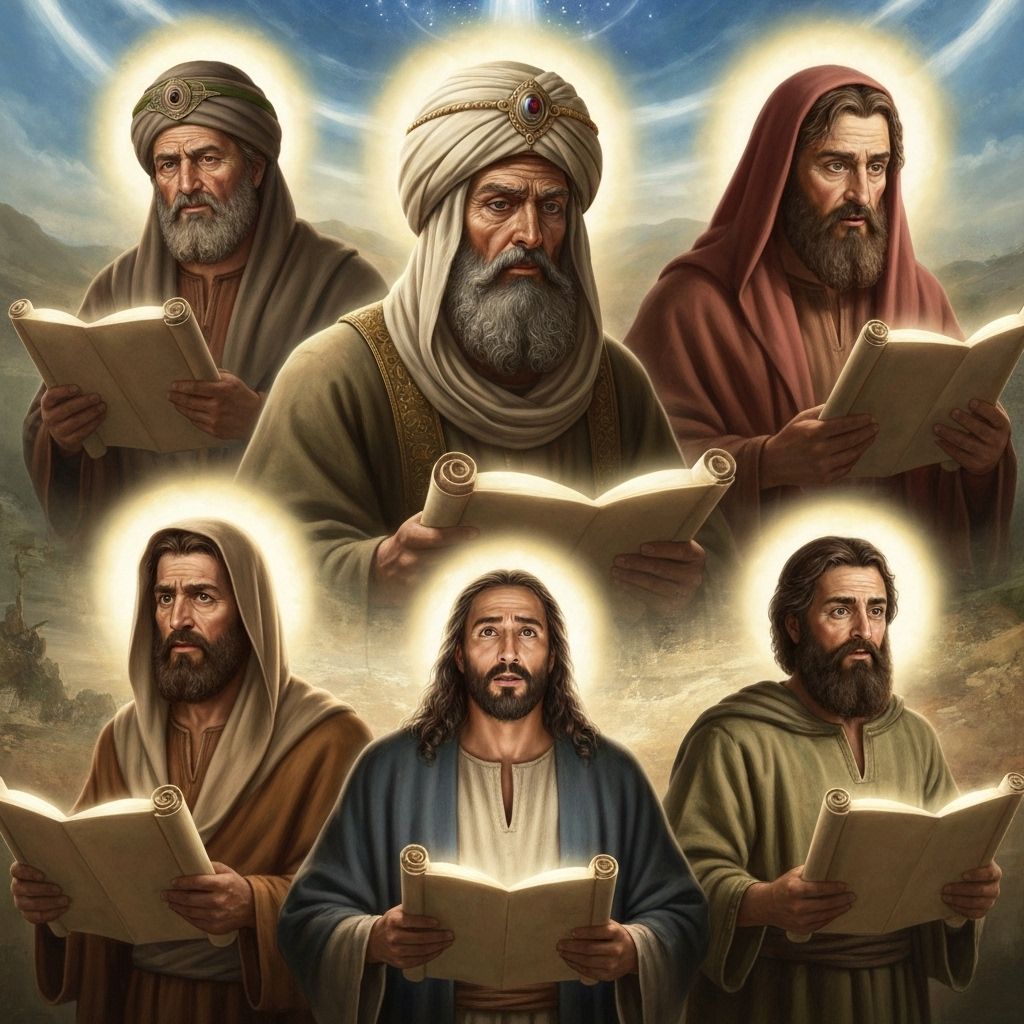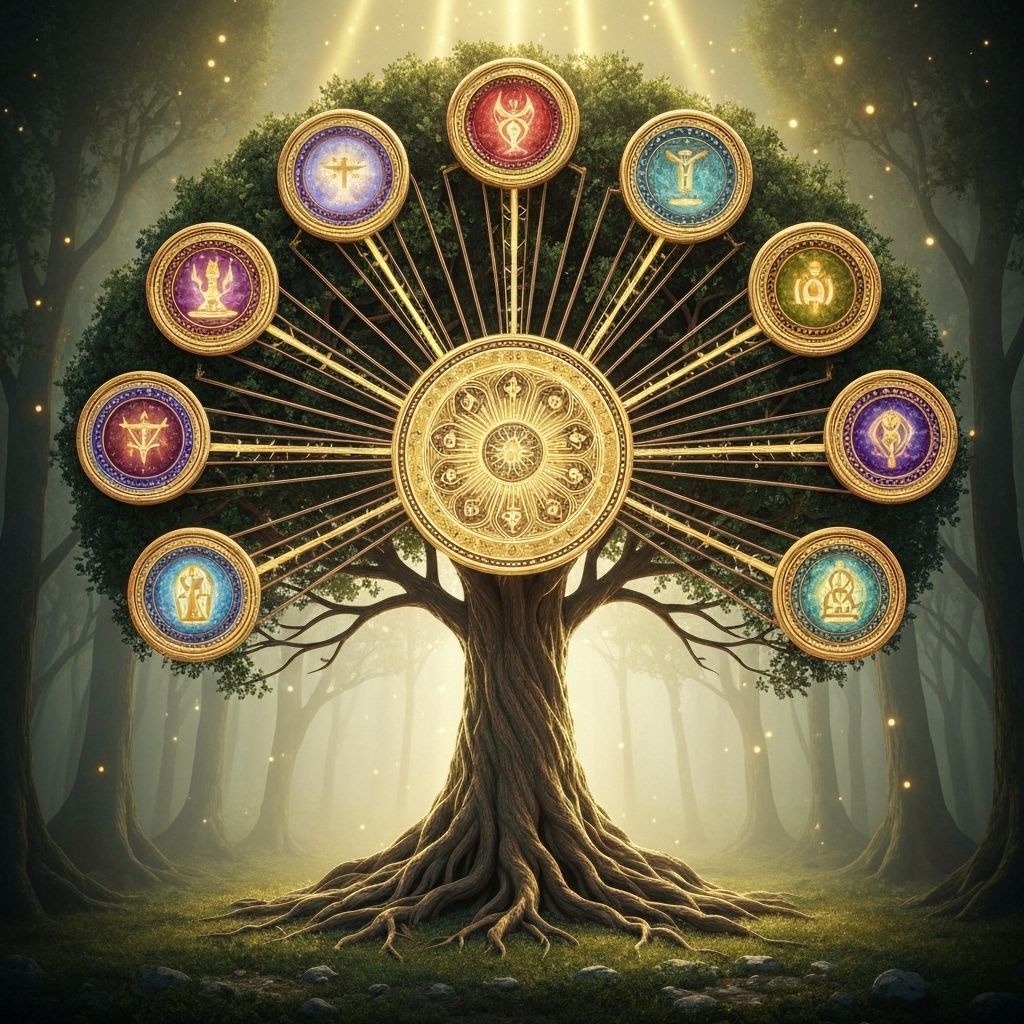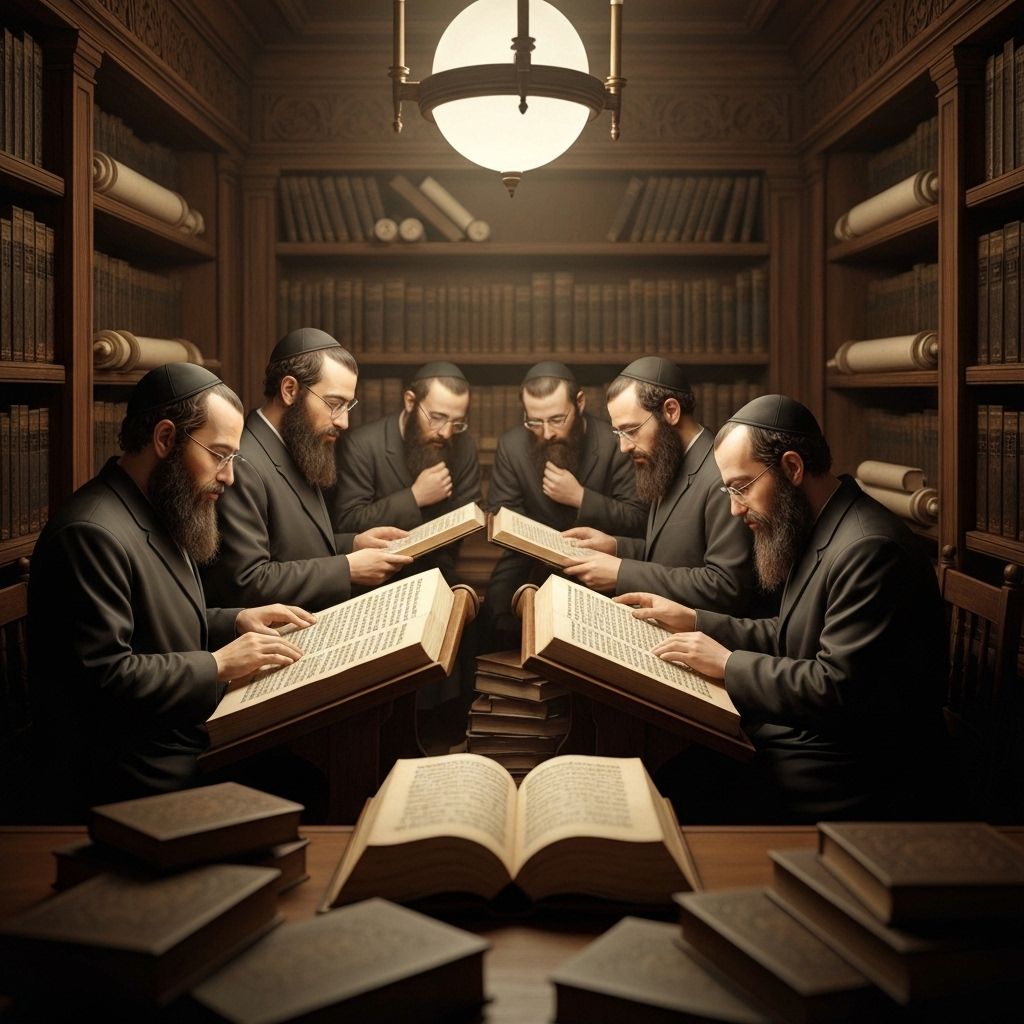3-Minute Summary
The Words of the Torah Explained with Help from Rashi and Ramban
Rashi (1040-1105) was a medieval French rabbi whose commentary on the Torah and Talmud is considered essential reading. His explanations focus on the plain meaning of the text and are known for their clarity and accessibility.
Ramban (1194-1270) was a Spanish rabbi, physician, and philosopher who provided deeper mystical and philosophical insights into the Torah, often building upon Rashi's work while adding his own profound interpretations.
The parsha begins with the laws of childbirth impurity, establishing that birth creates a state of ritual tumah (impurity) that requires time and specific offerings for purification. This reflects the reality that bringing new life into the world involves both joy and a temporary disconnection from sacred space.
The distinction between male and female births (7 days for boys, 14 for girls, with different offerings) reflects different levels of ritual intensity. This teaches that gender and circumstances affect spiritual requirements, creating personalized pathways for purification.
The laws of tzara'at address a mysterious skin condition that may be physical, spiritual, or both. The priest's role in diagnosis emphasizes that spiritual conditions require expert assessment and that not all physical ailments have spiritual significance.
The various forms of tzara'at (on skin, clothing, or houses) show that impurity can affect different aspects of life. This teaches that spiritual contamination requires comprehensive purification that addresses all affected areas.
The isolation and examination process for suspected tzara'at creates a period of separation and assessment. This teaches that spiritual conditions require time for proper diagnosis and that rash judgments about spiritual states should be avoided.
The purification rituals for tzara'at involve birds, cedar wood, scarlet, and hyssop, creating a comprehensive process that combines sacrifice, sprinkling, and immersion. This shows that purification requires multiple elements working together.
The parsha distinguishes between tzara'at that can be purified and that which indicates permanent impurity. This teaches that some spiritual conditions are temporary and correctable, while others require ongoing separation and care.
The laws emphasize the priest's authority in spiritual diagnosis and purification, establishing that spiritual health requires professional guidance and that individuals should not self-diagnose spiritual conditions.








